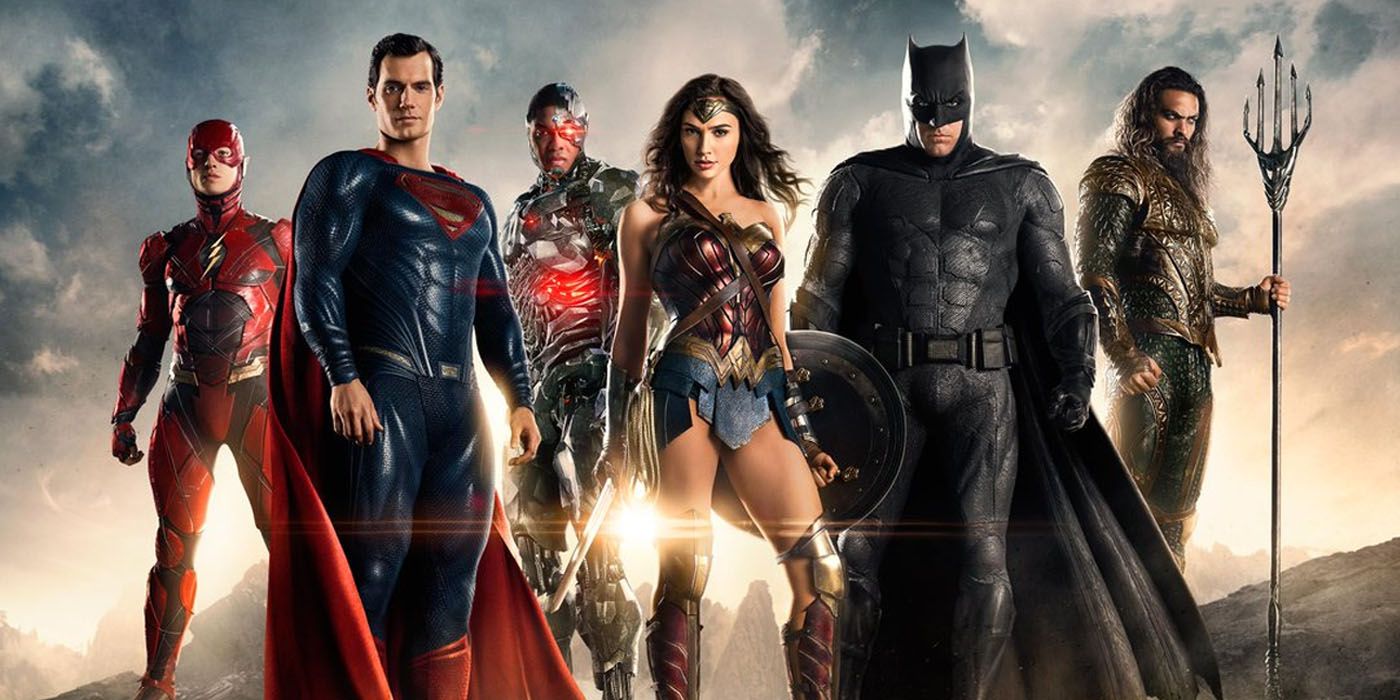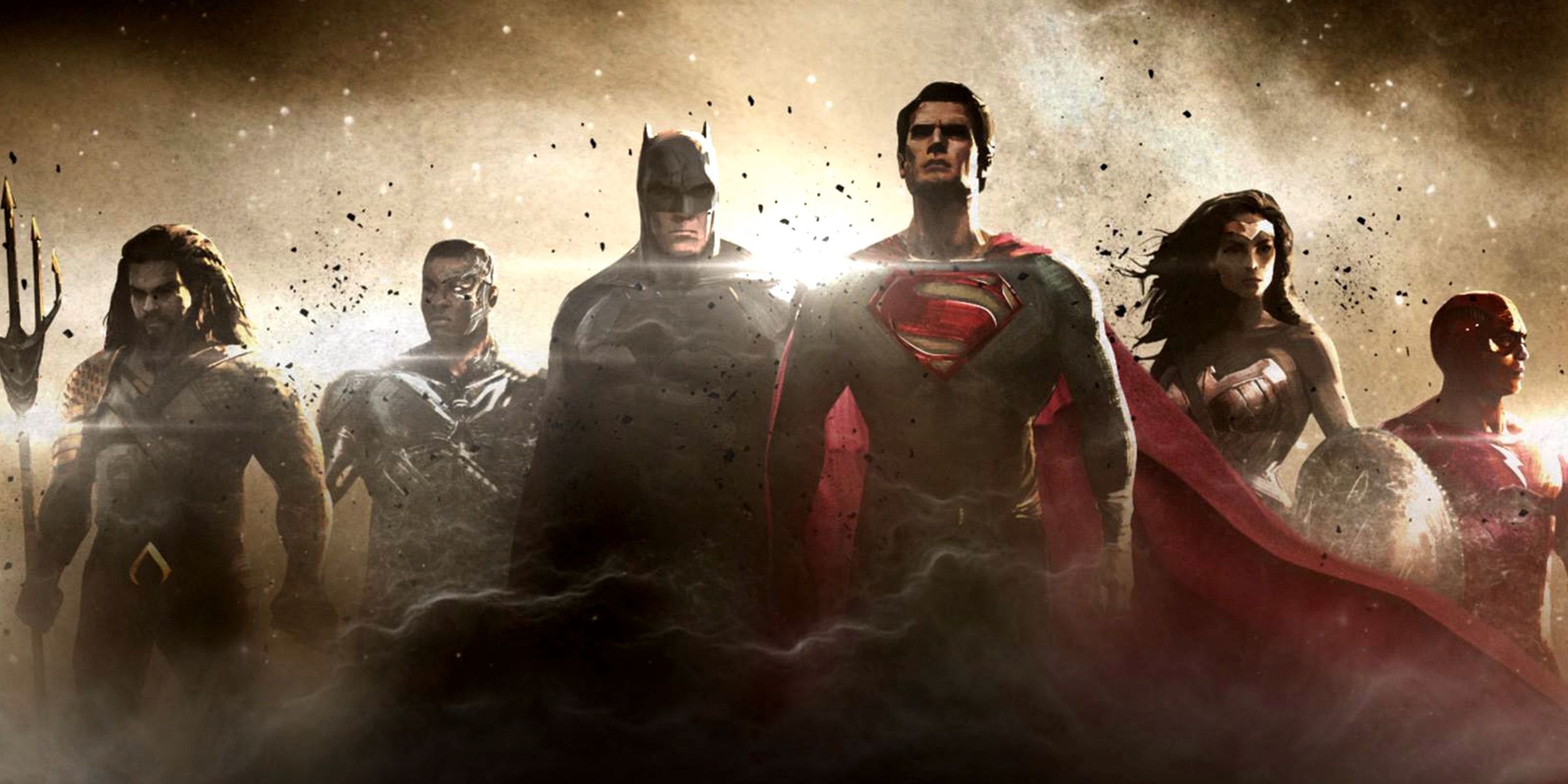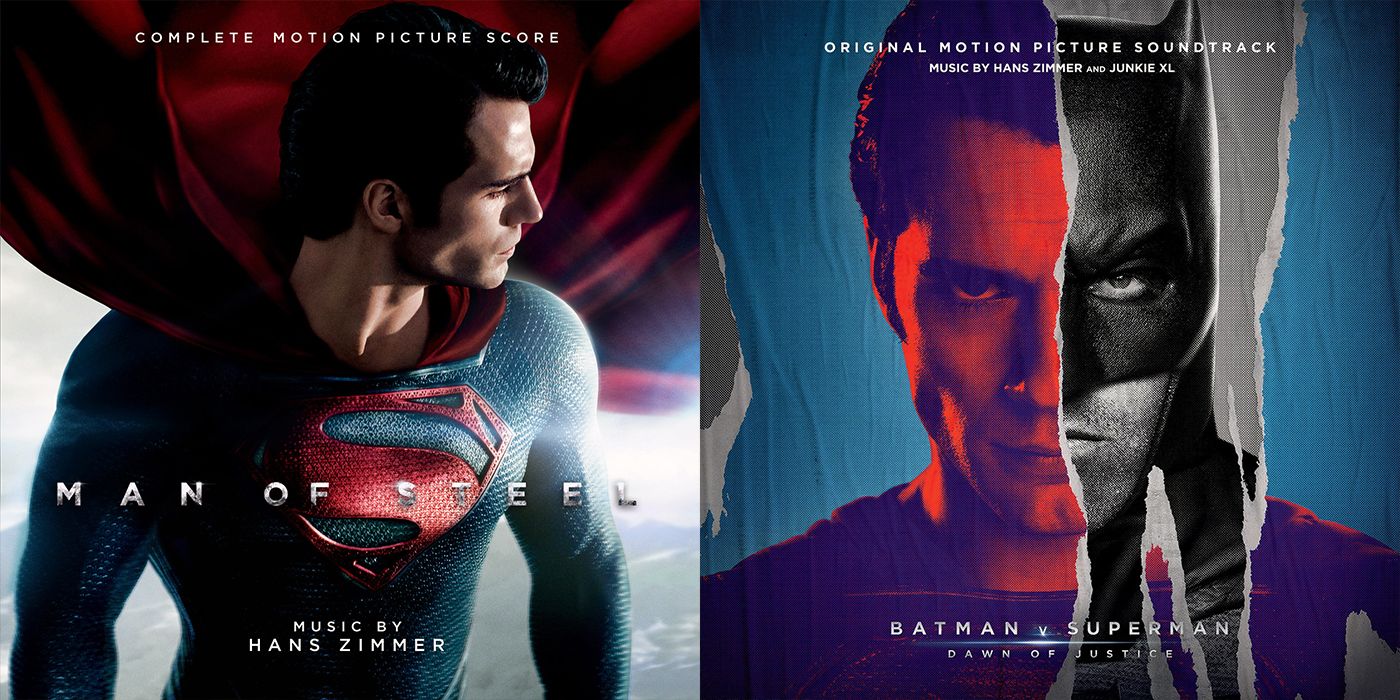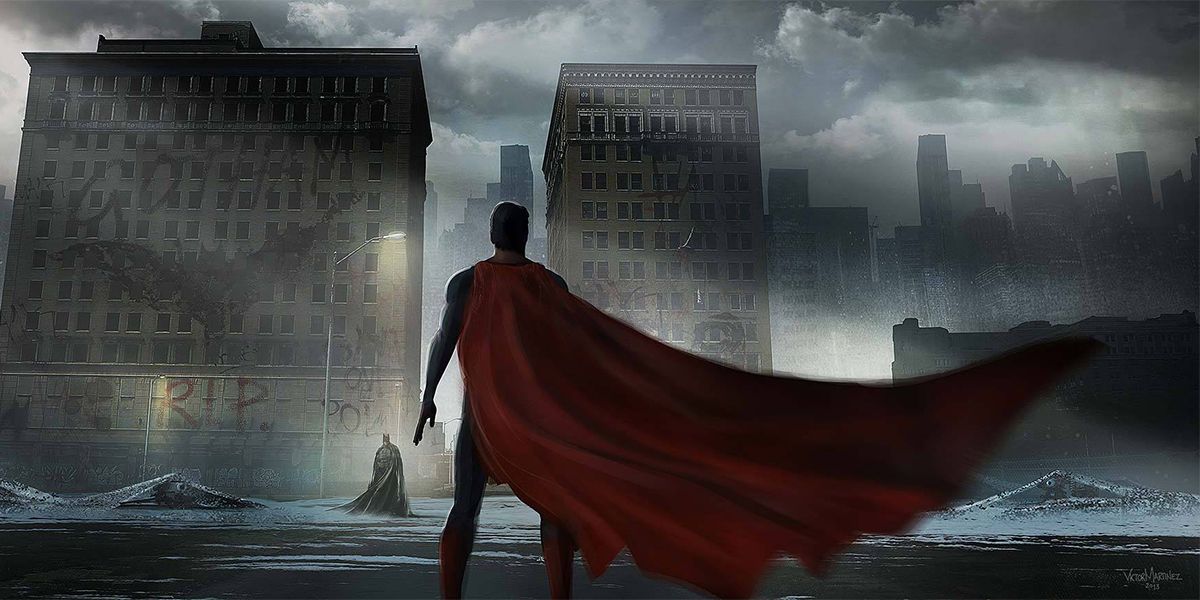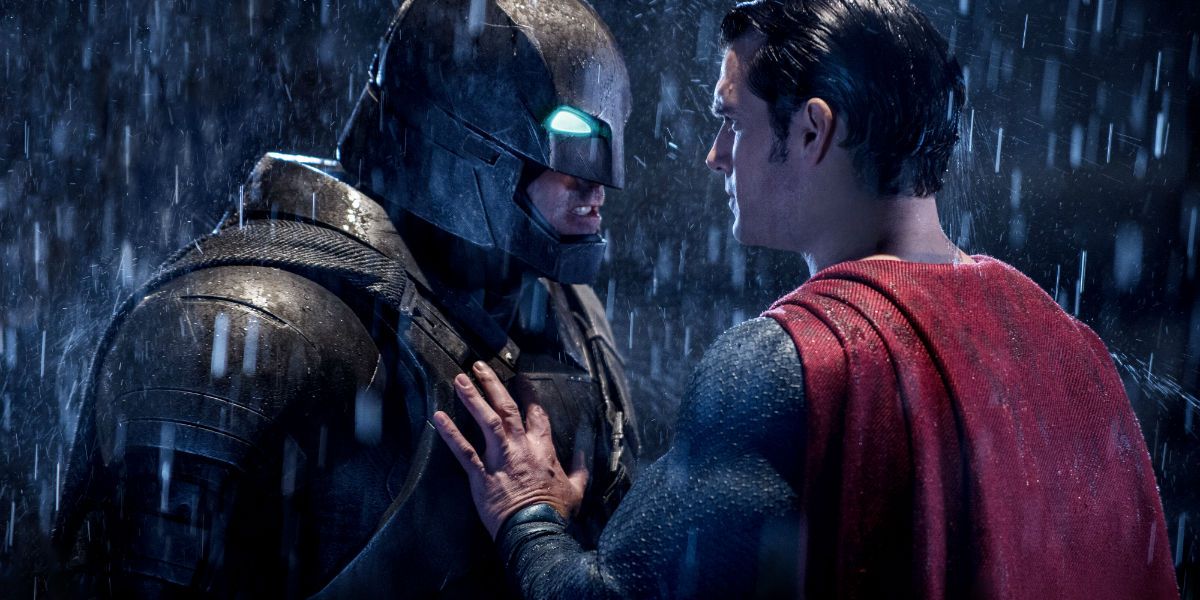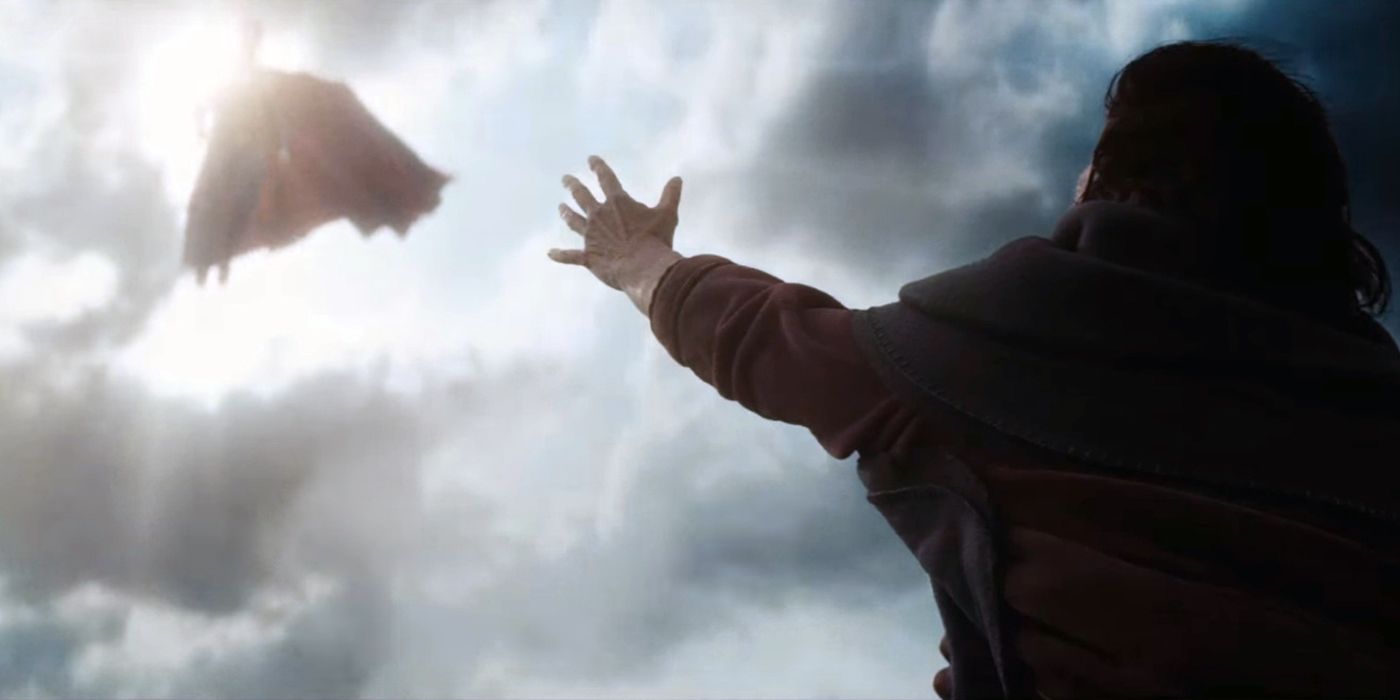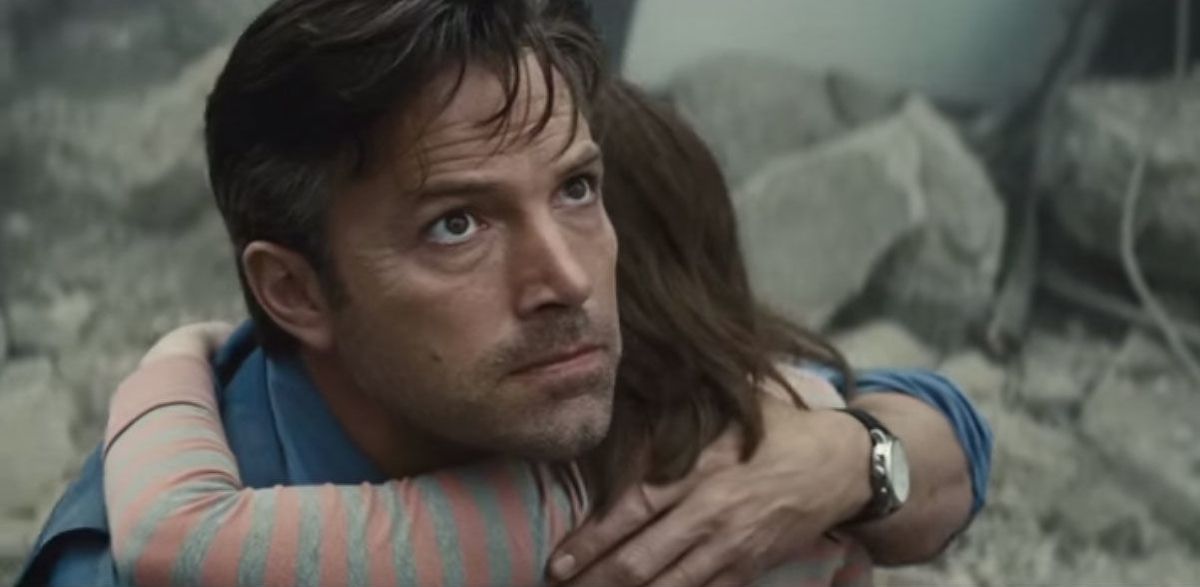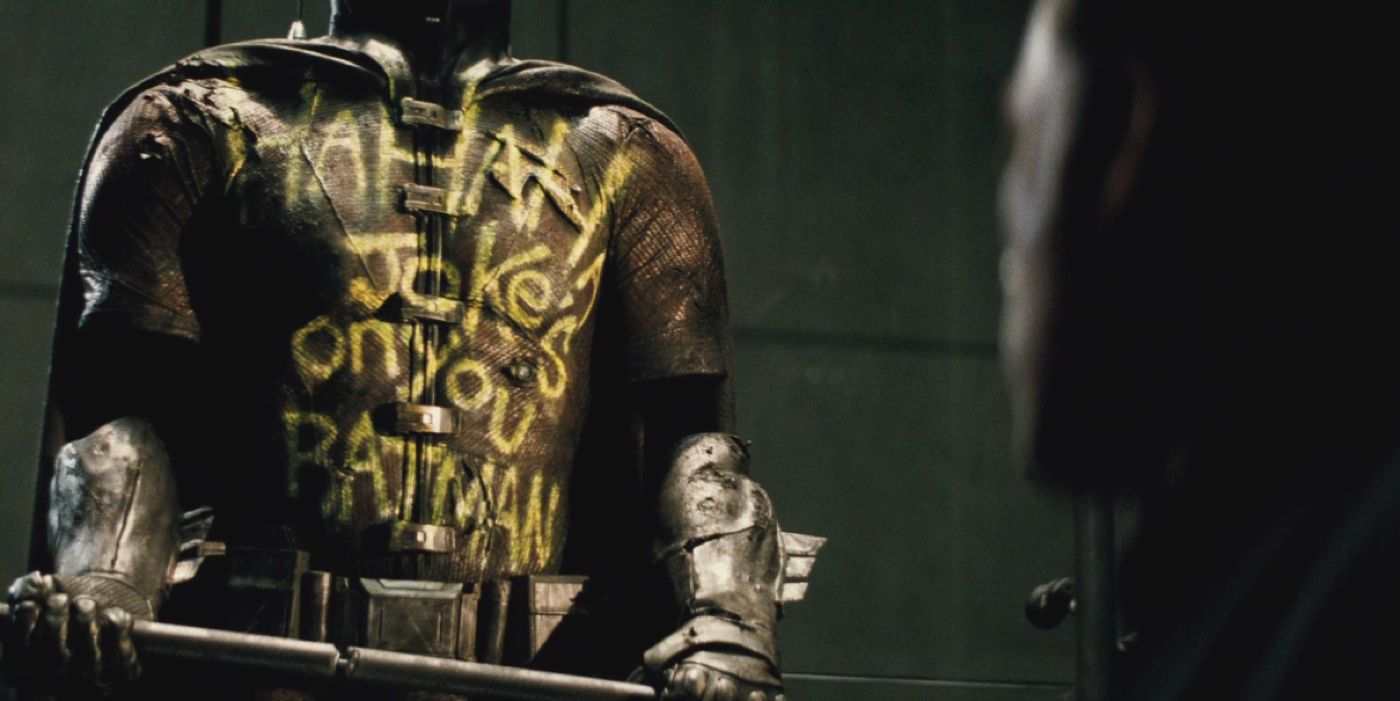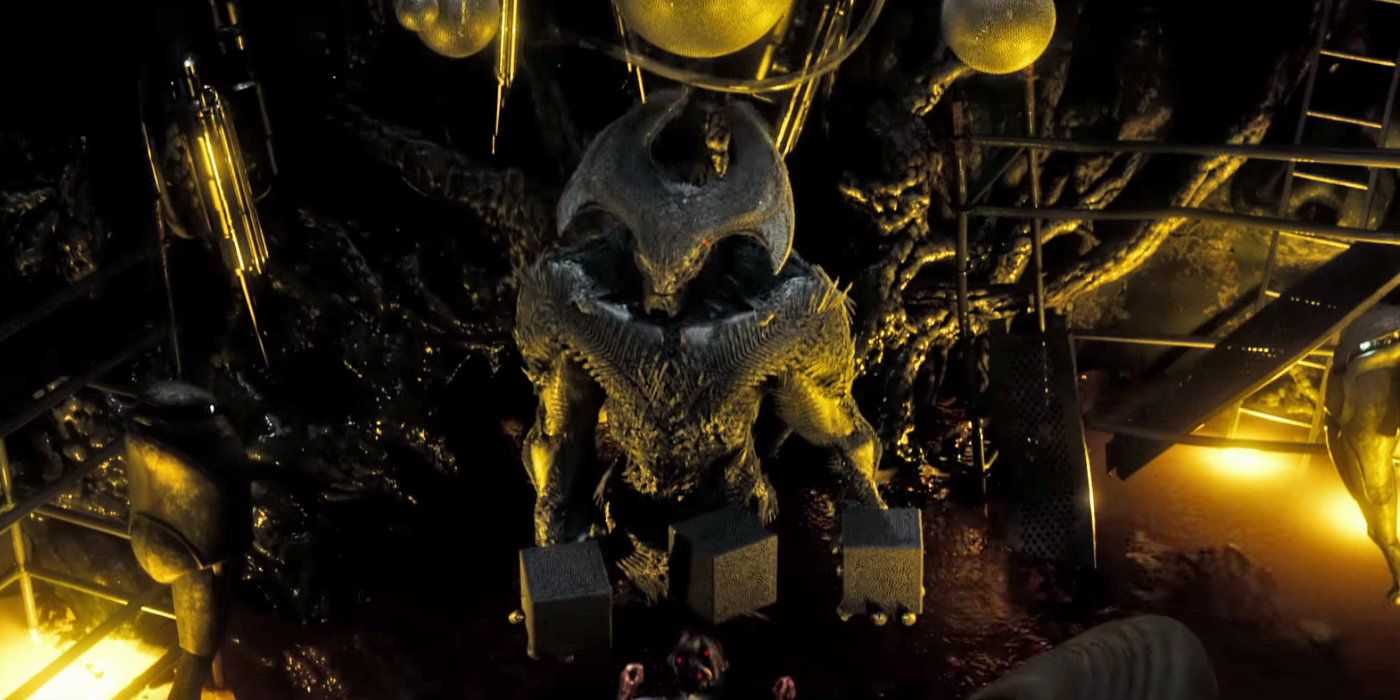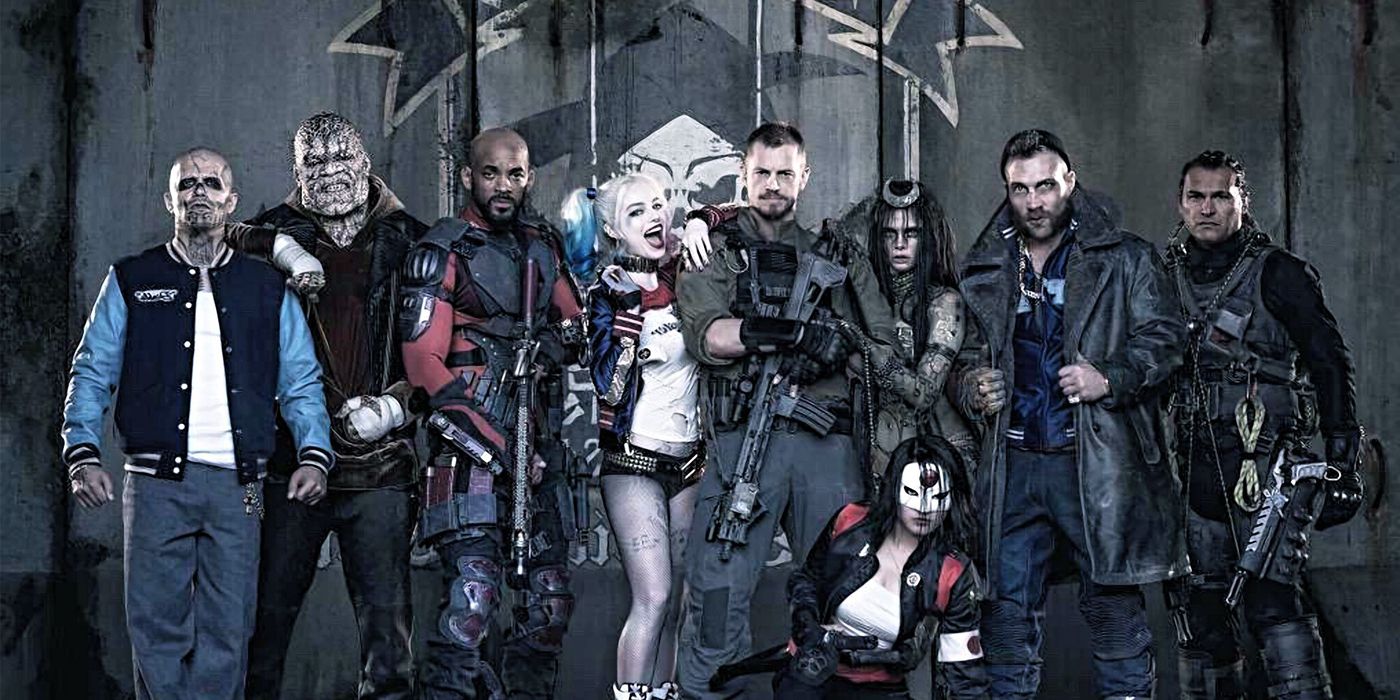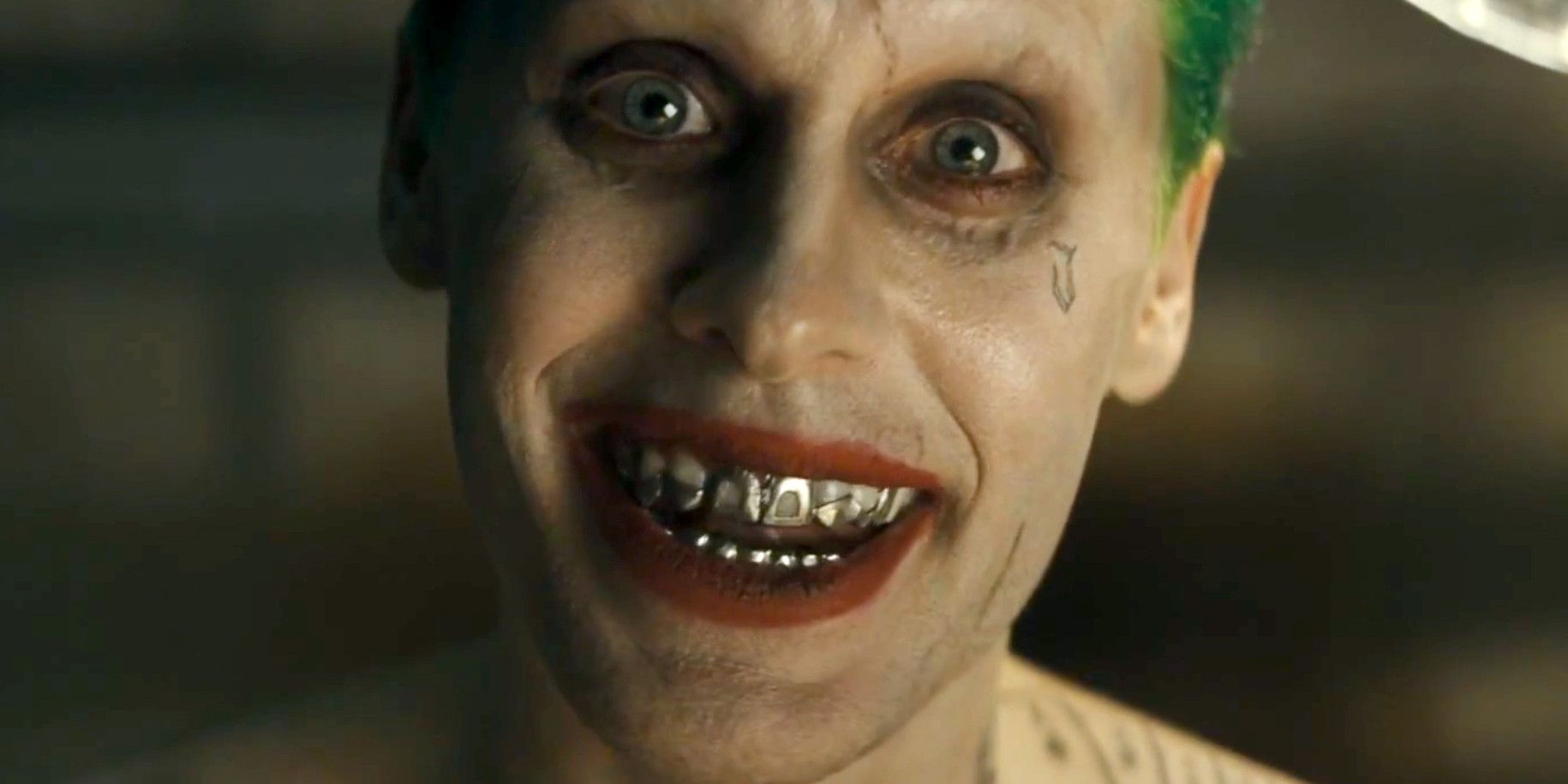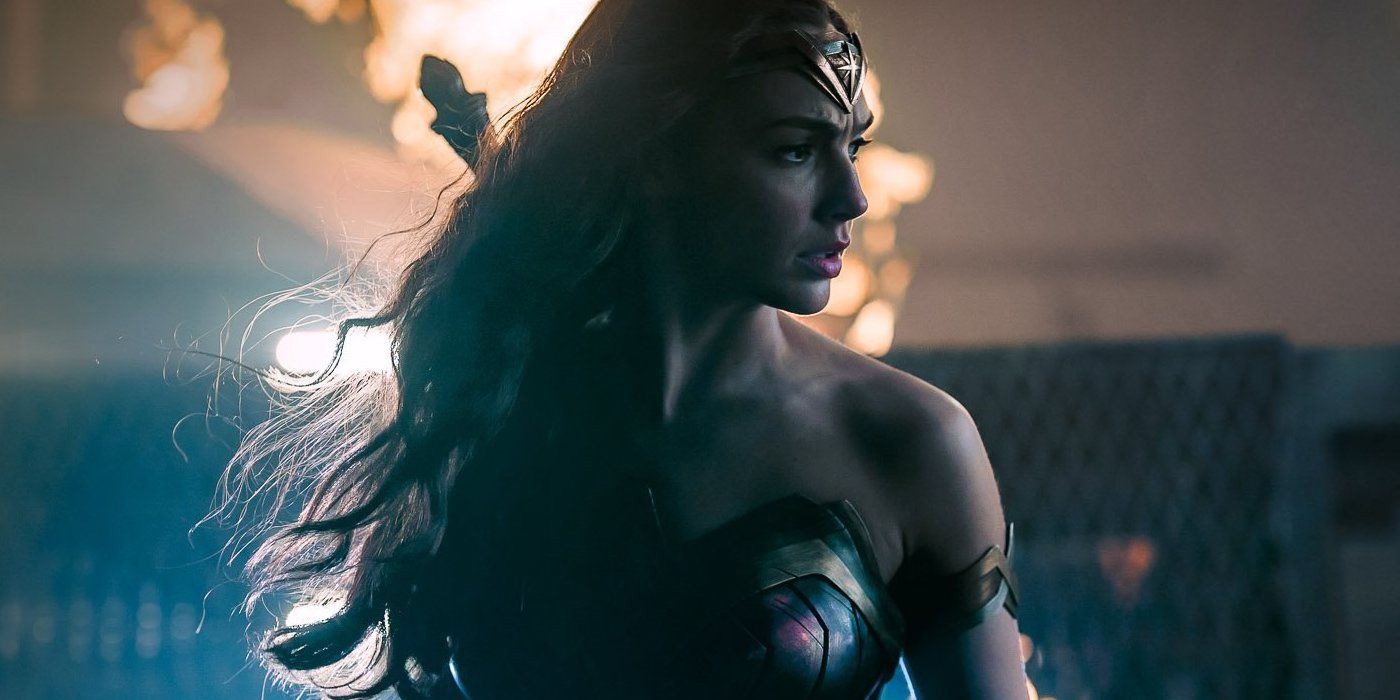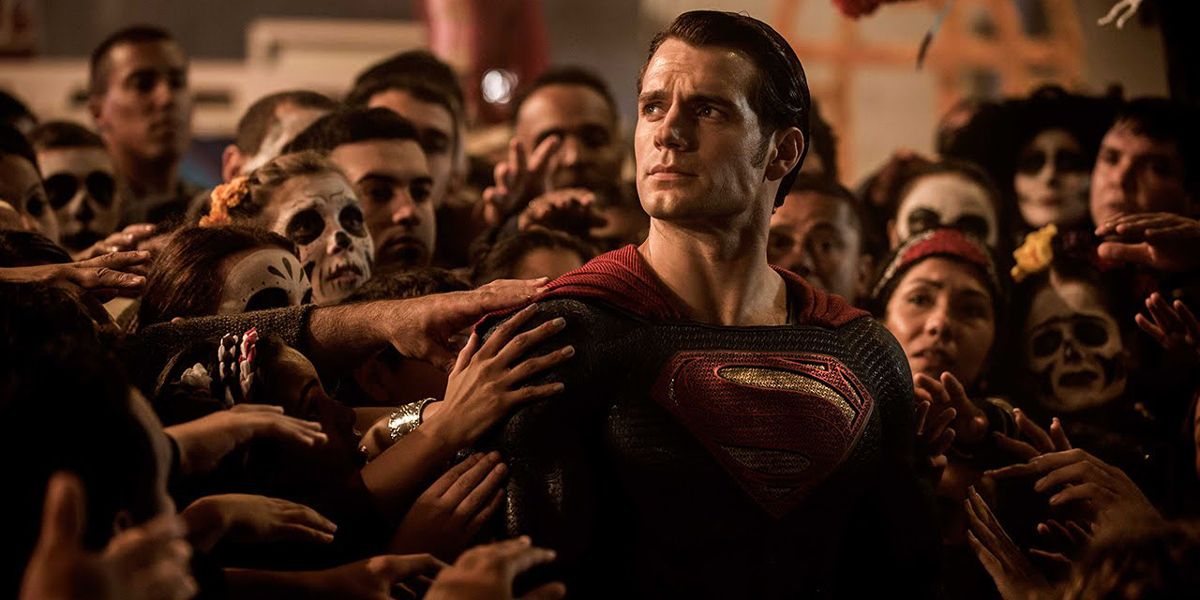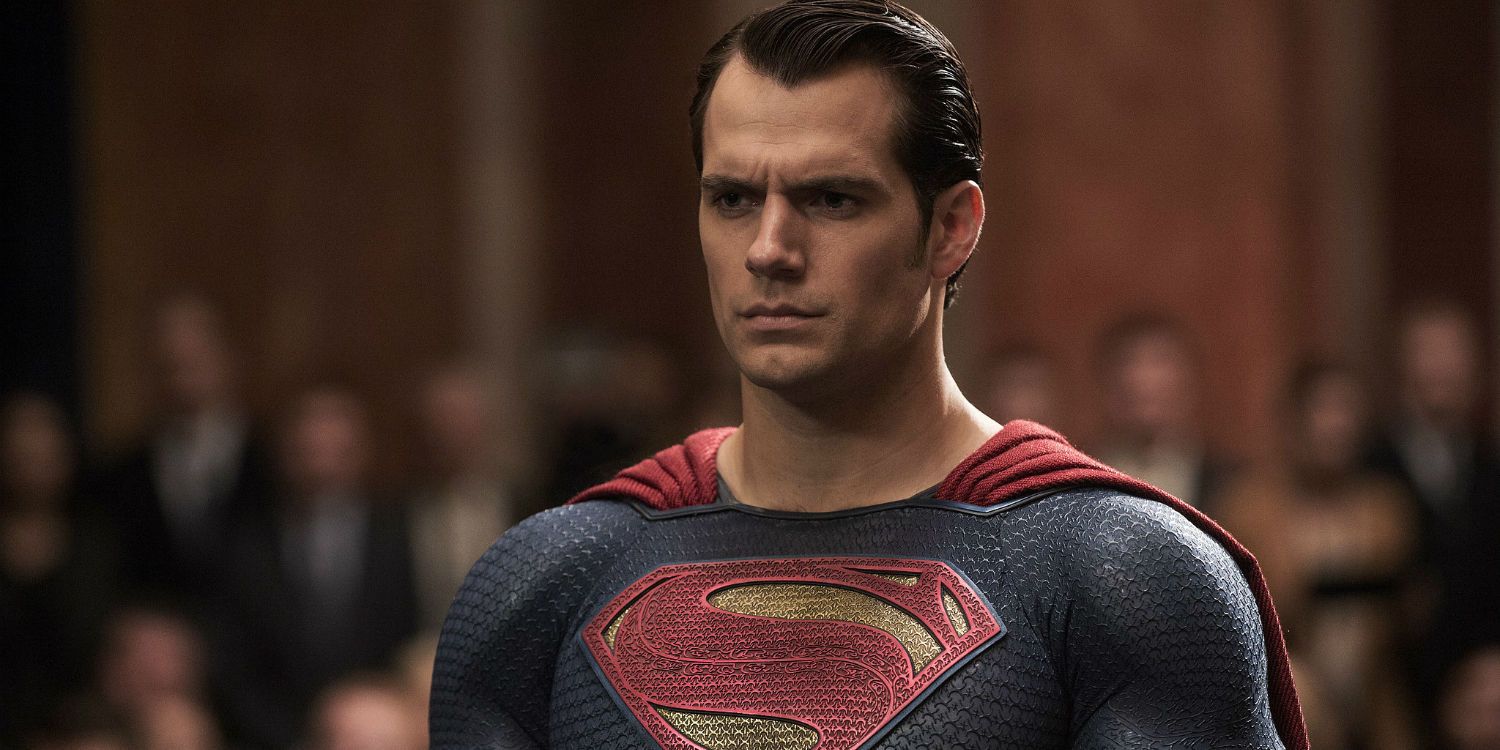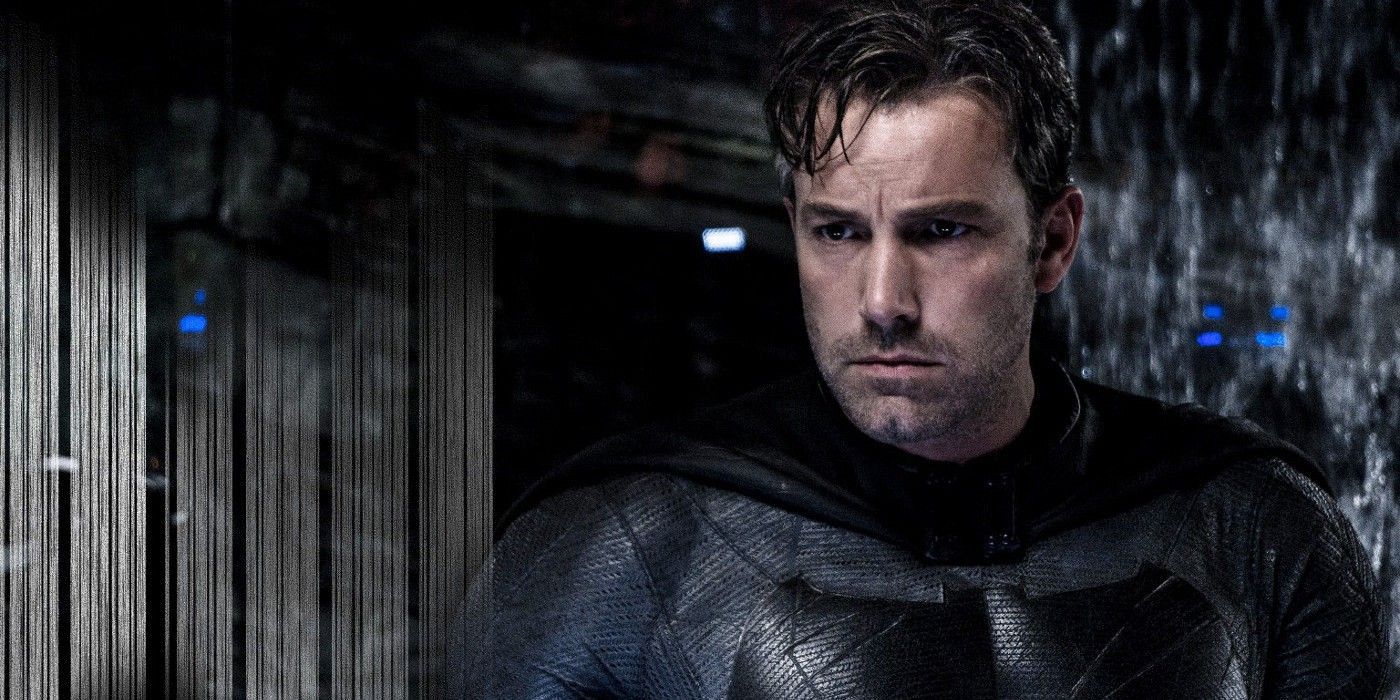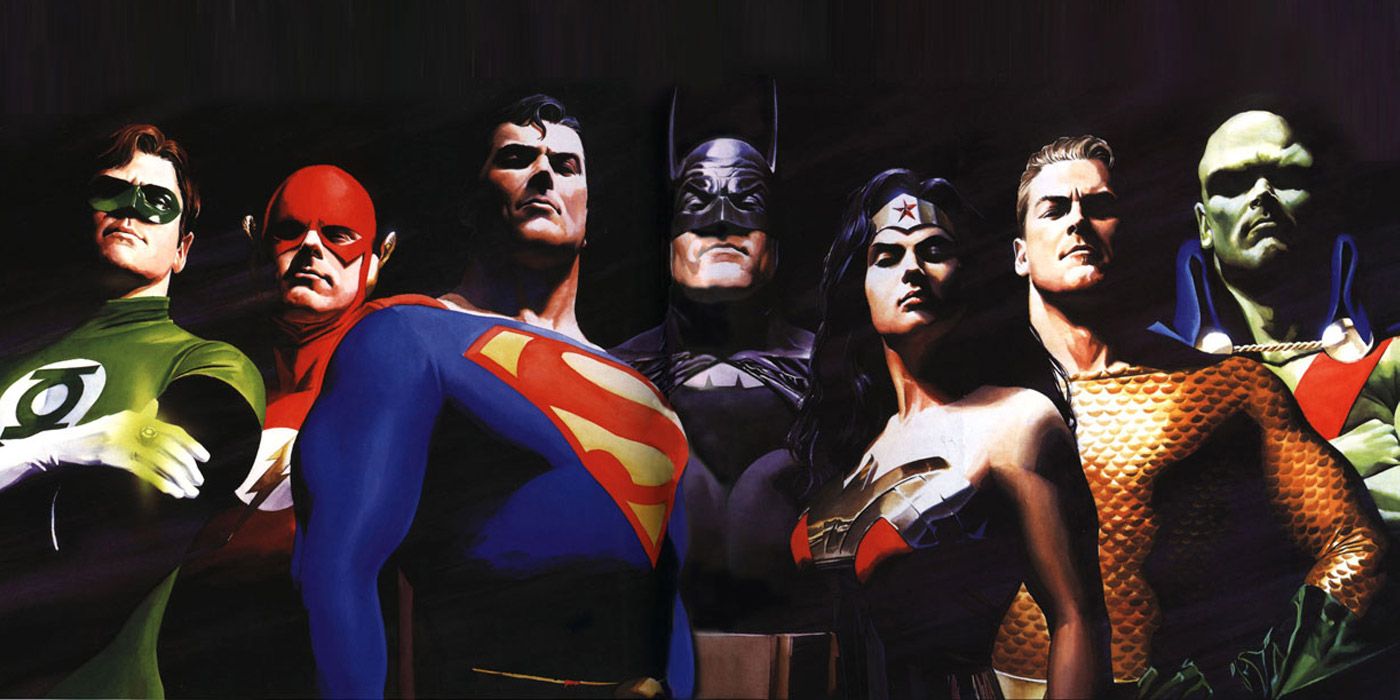In 2016, DC expanded its own version of a shared cinematic universe that started three years ago with Man of Steel, releasing two highly anticipated movies: Zack Snyder’s Batman v Superman: Dawn of Justice, and David Ayer’s Suicide Squad. Both films were met with a surprisingly passionate critical disfavor and a massive audience dispute. This reception concerned a lot of people, fans and the studio alike, and created a slight sense of doubt and uncertainty about the future of DC movies.
Now that 2016 is drawing to an end and the hype is fading, it is time to step back and re-evaluate. While many of the points of criticism are sound, it would be thoughtless to claim that these films are merely bad. In fact, despite the controversy, a significantly large part of the viewers embraced the DC Extended Universe. These viewers are not only Marvel polemicists, determined to turn a healthy studio competition into a foolish fight, but considerate fans who looked in those properties and actually found elements worthy of affinity, even celebration.
From their underestimated cinematic values, to their surprising relevance today, let’s break the DCEU down and take a look into the 15 Points That Make It Absolutely Worthwhile.
15. THE TALENT
Warner Bros. Pictures and the recently established DC Films, curated by DC Comics president and Chief Creative Officer Geoff Johns, are surely taking their properties seriously. From production designers, to cinematographers and composers, to the directors and actors, they've managed to gather some of the top talent working in Hollywood today.
Zack Snyder leads a group of incredibly talented filmmakers, with each one bringing their own distinctive style and personality to these films. After the critically acclaimed WWII film Fury, David Ayer stepped into the DCEU with the frisky Suicide Squad. Patty Jenkins returns fourteen years after the award-winning Monster, lending her own unique voice to next year’s Wonder Woman. Horror pioneer James Wan and action expert Doug Liman, responsible for Aquaman and the recently announced Dark Universe respectively, raise the anticipation and excitement even higher.
Will Smith, Margot Robbie, Jared Leto, Amy Adams, Amber Heard, Jason Momoa, Ezra Miller, J.K. Simmons, Jeremy Irons, Willem Dafoe, and Ray Fisher are only but a few of the A-list actors surrounding the DCEU structure, while Henry Cavill's Superman, Ben Affleck’s Batman and Gal Gadot’s Wonder Woman are already iconic.
14. THE scores
Apart from John Williams’ emblematic theme from Superman: The Movie and Danny Elfman’s atmospheric melodies for Tim Burton’s Batman adaptations, there’s hardly any memorable music in superhero films. Save for a few shining exceptions like Guardians of the Galaxy and Deadpool, the soundtracks of the genre play a secondary role and are widely weakened by the use of temp music. In the DCEU, however, both original scores and licensed music are of primary significance.
Continuing his seminal work in Nolan’s Dark Knight trilogy, Hans Zimmer composed a couple of magnificent soundtracks for DCEU’s first two offerings. He infused Man of Steel with grace through uplifting percussions and intimacy through heartfelt pianos, while establishing a new, monumental theme for Superman, led by his subtle, yet imposing, strings.
In the more dramatic Batman v Superman score, he collaborated with multi-talented musician Junkie XL. Full of powerful moments, the score provides Batman with a grandiose and deeply emotional suite that perfectly reflects upon his tragic past and violent present, Wonder Woman with a dynamic, cello-driven tune, and Luthor with a series of unsettling disharmonies, before reprising the comforting and purifying notes of Superman’s theme.
Suicide Squad went a totally different direction and complemented Steven Price’s classical score with a potpourri of hit songs from contemporary hip hop/pop artists and classic rock legends. This Tarantinoesque approach was crucial to the film’s upbeat pop aesthetic.
13. THE ART DIRECTION
Thus far, the DCEU has showcased an incredibly detailed universe in terms of production design and general art direction. Visualized with the moody digital canvases of concept artists Vance Kovacs and Christian Lorenz Scheurer, and realized by costume designers James Acheson, Michael Wilkinson and Kate Hawley, production designers Patrick Tatopoulos, Alex McDowell, and Oliver Scholl, and a great art department crew, it established a new cutting-edge aesthetic, while staying true to the source material.
Away from the campy Adam West and Joel Schumacher versions, as well as Tim Burton’s expressionistic vision, and closer to Chris Nolan’s realistic approach, the DCEU introduced us the best-looking on-screen Batman yet, a gritty and fearsome vigilante inspired by Frank Miller’s works. The same goes for Superman, with his suit being presented as a prominent artifact of Krypton, the cultural motifs of which were explored in the Man of Steel introduction. Everything from the props and gadgets, to the new Batmobile, to the very Gotham and Metropolis, denote a grand vision.
Introducing us to the worlds of Joker, Harley Quinn, Deadshot and the rest of the villainous gang, Suicide Squad’s stylish conceptualization constitute another visual extravaganza, while the first magnificent images of Wonder Woman’s Themyscira indicate further expanding into the fascinating DC mythos.
12. new take on the superhero genre
We’re definitely living in the time of the superhero. Being the market’s number one commodity, superhero movies have monopolized Hollywood in the last decade, resulting is a genre that is constantly developing, but also has become extremely overcrowded. The DCEU offers a different version of the genre’s conventions and norms.
The first thing to notice about the DCEU is its unusually adult tone. Influenced by Nolan’s Dark Knight trilogy, Snyder stripped Superman of all the fun retro elements we saw in previous versions, and introduced him in Man of Steel in a more realistic and thought-provoking manner. He went even further with Batman v Superman, profiling deeply flawed characters with often questionable morals. The almost complete absence of comic relief, the dark visuals (more on that in the next entry), as well as the complex themes (more below), make those films feel serious, gloomy, and heavy. Suicide Squad maintained the gritty aesthetic, but added humor in the mix, soothing its edgier aspects.
Batman v Superman’s fractional narrative and disjointed dream sequences, and Suicide Squad’s pop-music-video-stylized introduction and uneven pacing are highly unorthodox storytelling techniques for superhero movies. All these elements distinguish the DCEU from the dominant genre canon, making it an alternative to other running franchises.
11. THE STUNNING VISUALS
Though he's criticized for his lack of depth, his incoherent storytelling, or his pop culture obsessions, nobody can deny the fact that Zack Snyder is capable of delivering moments of incredible cinematic beauty. From the brilliantly gritty visuals in Dawn of the Dead, to the groundbreaking visualization of 300, to the comic book-worshipping aesthetics of Watchmen, he developed a unique style that over the last decade became a directorial signature.
With his DCEU offerings, he tried out two different methods. In Man of Steel, he told Superman’s personal story through a down-to-earth aesthetic, influenced by cinema-verite. This helped give the film a more intimate feel. With Batman v Superman he made a 180 degree turn, capturing the larger-than-life collision in a ultra-stylized manner. With director of photography Larry Fong’s pivotal input, he invoked gothic iconography to visually illustrate Batman’s traumatic past, as well as the dark nature of the on-going story. The extensive use of slow-motion and dynamic frame composition gave the movie its grand, operatic style.
Another stylized filmmaker, David Ayer filmed Suicide Squad with a fresh and highly energetic virtuosity. Feeling dangerous and sexy at the same time, it’s easily one of the most snazzy superhero films we’ve ever seen.
10. THE interconnected stories
Three movies in, and the DCEU has taken the everything-is-connected concept to the next level. Although during the Man of Steel there were no clear plans for what would follow, they still threw some crumbs to the hungry fans. The “Keep Calm and Call Batman” poster, the Lexcorp signs, and the Wayne Enterprises satellite, teased for the first time the existence of an extended DC universe.
Batman v Superman creatively exploited one of Man of Steel’s most controversial moments, the devastating final showdown in Metropolis, as the plot device that triggers Bruce Wayne’s growing rage against Superman. The film works perfectly as a sequel to Man of Steel, exploring in its better parts the consequences of Superman’s arrival to earth. It also sets up the upcoming Justice League team-up in various ways: through dreams/visions of the future, through character cameos, and of course, through the introduction of Wonder Woman, whose solo debut is also teaser here, with the black & white photo found in Luthor’s files.
Similar to Man of Steel, Batman v Superman’s finale sets off the events of Suicide Squad. The supervillain assemblage is a decision taken in the aftermath of Superman’s death and the exposure of the Metahumans. Furthermore, the cameos from Batman and the Flash in Suicide Squad establish for good the larger universe we’re in.
9. THE SENSE OF HISTORY
One of the most interesting things about the DCEU is the implication of past events. Instead of going down the trite road of origin storytelling (neither The Flash nor Aquaman will be origin stories) and re-introduction of well-known characters (like Batman), the DCEU hints at a whole riotous history behind its films, through subtle clues and references.
Ben Affleck’s Dark Knight is not new to Gotham City. He’s been looming in the shadows for no less than two decades and has become some sort of an urban legend. He has encountered his arch nemesis, the Joker, and grieved for the death of Robin. Alfred is, of course, no mere butler, but an ex-military veteran, who probably trained Batman himself and actively assists him in his missions. Suicide Squad’s team of imprisoned supervillains have already long rap sheets. Additionally, the Birds of Prey being featured in Harley Quinn’s upcoming solo movie broaden the established world of the DCEU.
This is an angle we haven’t seen before and gives a refreshing twist to the layout of Batman’s storyline. It also grants Ben Affleck with an intriguing set of choices for his solo Batman film.
8. THE magical and mythological elements
DC Comics’ mystical and mythological aspect is unexplored territory previous for its older film adaptations. The Superman adaptations only dealt with Superman storylines, the Burton continuity contained only a minor amount of fantasy elements, and Nolan’s version kept things as grounded and realistic as possible, veering closer to crime films than superhero movies.
The DCEU will present the first cinematic versions of Wonder Woman and Aquaman. From the idyllic landscapes of Themyscira to the lost underwater kingdom of Atlantis, viewers will be introduced to the elements of Ancient Greek mythology that were part of DC comics for decades. Suicide Squad also inserted occult magic into the universe, through Enchantress. Jack Kirby’s thrilling New Gods mythos, launched in the early '70s and continuing till the recent New 52, will also to concern a good part of the DCEU. This was made clear by the Batman V Superman references and easter eggs, as well as the confirmed villain of Justice League, Steppenwolf.
It's a delight for DC fans to see a cinematic universe that exploits every aspect of their beloved source material.
7. THE DIVERSITY
We are going through a new era of hatred and discrimination, not only domestically, but globally. For this reason it is more important than ever for mass entertainment to be representative as much diversity as possible.
Suicide Squad and Batman v Superman already introduced us to three DC characters of color, in Karen Fukuhara’s Katana, Jay Hernandez’s El Diablo, and Ray Fisher’s Cyborg, who’s not only going to be a founding member of the upcoming Justice League, but is getting his own solo movie too. Going a step further, DC Films have casted actors of color for traditionally white roles, such as Will Smith’s Deadshot, Jason Mamoa’s Aquaman, and Kiersey Clemons’ Iris West. Last but not least, the DCEU is the first franchise to present a solo female superhero film, in next year’s Wonder Woman (more on the female presence in the DCEU in the next entry), a character who may even presented as bisexual in the future.
Add to the above the fact that Wonder Woman is being directed by an actual woman and Aquaman by a Malaysian-born Australian, and you have a bold Hollywood franchise that is showcasing a welcoming openness to diversity.
6. THEir CULT status
Academically, the term “cult film” does not only concern peculiar b-movies, but may also refer to major Hollywood productions depending on certain criteria. These criteria are the film's reception and consumption, genre movie status, intertextual references, political economy, and how it affects major studio decisions, as well as its cultural status.
The DCEU films contain qualities that match this critera. First off, they developed active and lively following from an extremely committed community who outgrew wide consensus and supported them, and even fought for them. Their riotous reception resulted in major studio rearrangements. As previously stated, they transgressed genre conventions and coherent storytelling techniques. They made good use of their cultural background and contained many intertextual references, while hidden secrets keep surfacing even months after their release.
All the above elements, along with the fact that despite the criticism, these films encourage repeated viewings, seconds readings, analytical breakdowns, and endless arguments, can safely place DC films in the sphere of cult cinema.
5. THE FEMALE PRESENCE
Over the years, DC Comics have created some of the best female characters in the superhero genre, hero and villain alike. Thankfully, Warner Bros. has clarified from the beginning that women will have a central role in its cinematic universe too, with the introduction of Lois Lane. Far from a typical damsel in distress, Lois is portrayed as a dynamic, independent woman, an incredibly capable and determined reporter, as well as a compassionate partner. Lois plays an active part in Man of Steel, always being there in time of need, instead of staying in the background.
Suicide Squad gave us not one, but four memorable female characters: Karen Fukuhara’s ruthless martial artist Katana, Cara Delevingne’s otherworldly supervillain Enchantress, Viola Davis’ hardboiled intelligence officer Amanda Waller, and of course, Margot Robbie’s former psychiatrist and current uber-kinky criminal Harley Quinn. Robbie’s charistmatic performance gripped audiences and quickly led to the announcement of a solo outing.
As for Gal Gadot’s Wonder Woman, her stirring presence in Batman v Superman showcased, if anything, that she what it takes to inspire boys and girls everywhere as a symbol of female empowerment. Seven minutes of screen time and she already is the best female superhero we’ve ever seen.
4. THE COMPLEX THEMES
DCEU’s first films have exhibited a tendency towards heavy symbolism and complicated themes rarely seen in the superhero genre. Zack Snyder’s films in particular can be analyzed and debated on an almost philosophical level.
More than ever before, DCEU's Superman is represented as a messianic figure via unmistakable religious iconography. The element of uncertainty in Kal-El, his death to save mankind, and his imminent return are clear analogies of Jesus’ self-doubt before the crucifixion, his sacrifice, and resurrection. Clark Kent is concerned with issues of purpose and identity, making a case for the topic of predestination versus personal choice.
Batman v Superman goes beyond the religious references and explores the cultural, political, and sociological implications of the existence of a god-like being in the modern world. Surrounded by a chilling post-9/11-esque paranoia, the film deals with substantial and highly topical themes, such as the absurdity of prejudice and xenophobia, the importance of democracy, and the paralyzing fear of fascism. It also comments upon handling great power, raising the question of whether superheroes should act unprompted, and reflects upon the collateral damage that is caused by their battles.
Suicide Squad plays like a lighter, more fun, freak-show adventure, but it wholeheartedly embraces its group of misfits, remarking on the ambiguous nature of good and evil.
3. THE DEVELOPMENT OF SUPERMAN
Henry Cavill’s troubled Superman is miles away from the reassuring, all-good Superman that we're used to seeing. He is weak. He doubts every step of his mission. He’s always grumpy and sad. And he’s even weaker as Clark Kent, failing to matter as a reporter, being constantly degraded by his boss, and hopelessly pursuing long-lost ideals.
This is not a 1939 Superman, nor a 1978 Superman, but a Superman perfectly adapted to our current cynical age; an age of ominous uncertainty, fear, and intolerance. Superman falls victim of today's suspicion and hostility towards the cultural “other”. So he questions everything, from his personal relationships to his purpose.
DCEU’s Superman is also afraid of his dark side. Luthor argues that power cannot be innocent. You cannot use the Force without being even slightly seduced by the Dark Side. You cannot own the One Ring without bearing the cost of its malice. You cannot be Superman without struggling to suppress your inner demons while the world is falling apart around you. The film makes clear that he’s equally capable of greatness and devastation. It also grants him the power of choice.
And so, after isolating himself from the noise of this alien world to seek his inner truth, he decides to return, and commits the ultimate sacrifice in order to save it. He's reconciled with his choice to be a beacon of hope for humanity, instead of a corrosive force.
2. THE DEVELOPMENT OF BATMAN
Bruce clears things up from very early on: “We’re criminals, Alfred”. DCEU’s old and worn version of Batman doesn’t hesitate to mark, cripple, even kill his foes. But, there is a parallel with Nolan's films that can help us better understand where he’s coming from.
Harvey Dent memorably quotes in The Dark Knight: “You either die a hero, or live long enough to see yourself become the villain”. And what happens at the end of The Dark Knight Rises? Batman either dies or quits, leading a normal life somewhere in the Mediterranean, while crime still rages on in Gotham. In that respect, Batman V Superman can be viewed as an alternative sequel to Nolan’s films, illustrating what could become of Batman, had he stayed in Gotham and been eroded by its everlasting evil. “Twenty years in Gotham, Alfred. How many good guys are left? How many stayed that way?”
It’s his long exposure to corruption and tragedy that makes him see the worst in Superman, and blinds him to the good he’s been doing. To Bruce, Superman is a threat, a faceless enemy. With apocalyptic visions of what the Kryptonian could become if he broke bad clouding his judgement, Bruce decides to terminate him at any cost.
That is why the “Martha” moment is so fundamental. Realizing Superman’s humanity and vulnerability changes Bruce, awakening his buried empathy and reminding him of who he once was. Inspired by Superman’s sacrifice, he will helm the Justice League and fight for the greater good again, instead of his own obsessions. He has a newfound legacy. He has gone full circle.
1. THE FUTURE
Earth has been introduced to Superman and suffered the loss of him. A group of supervillains successfully eliminated a massive threat. Wonder Woman has returned to the world of Man. Batman is set to assemble the Justice League. Now that the groundwork has been laid, the DCEU can go anywhere.
From the ongoing comics to the limited series and the graphic novels, the DC Comics lore is loaded with storylines, characters, and concepts that are just aching to be adapted. Batman v Superman alone teased so many possible story arcs, it’s really pick-and-choose.
The Parademons in Batman’s apocalyptic vision foreshadow the coming of Darkseid. Superman’s attachment to Lois and the fear of her loss could lead to an Injustice-type plot. Robin’s death could spawn a narrative inspired by Under The Hood and A Death in the Family, while Flash’s time travel could be further developed in the adaptation of Flashpoint (something Jeffrey Dean Morgan would love).
With a slate that includes Ben Affleck’s highly anticipated The Batman, the first ever solo movies for Wonder Woman, Aquaman, The Flash, Cyborg, and Shazam, plus a Superman sequel, two Justice League outings, a Green Lantern reboot, a Justice League Dark film, and a couple of untitled projects, the future of the DCEU could be nothing sort of spectacular. If the people at DC Films stay true to the spirit of their seminal legacy, they can surely “accomplish wonders”.
---
Suicide Squad: Extended Cut is released on November 15, 2016 on Digital HD and on December 13, 2016 on Blu-Ray; Wonder Woman opens on June 2, 2017; Justice League on November 17, 2017; Aquaman on July 27, 2018; an untitled DC Film on October 5, 2018; Shazam on April 5, 2019; Justice League 2 on June 14, 2019; an untitled DC film on November 1, 2019; Cyborg on April 3, 2020; and Green Lantern Corps on July 24, 2020. The Flash, The Batman, Dark Universe and Man of Steel 2 are currently without a release dates.

